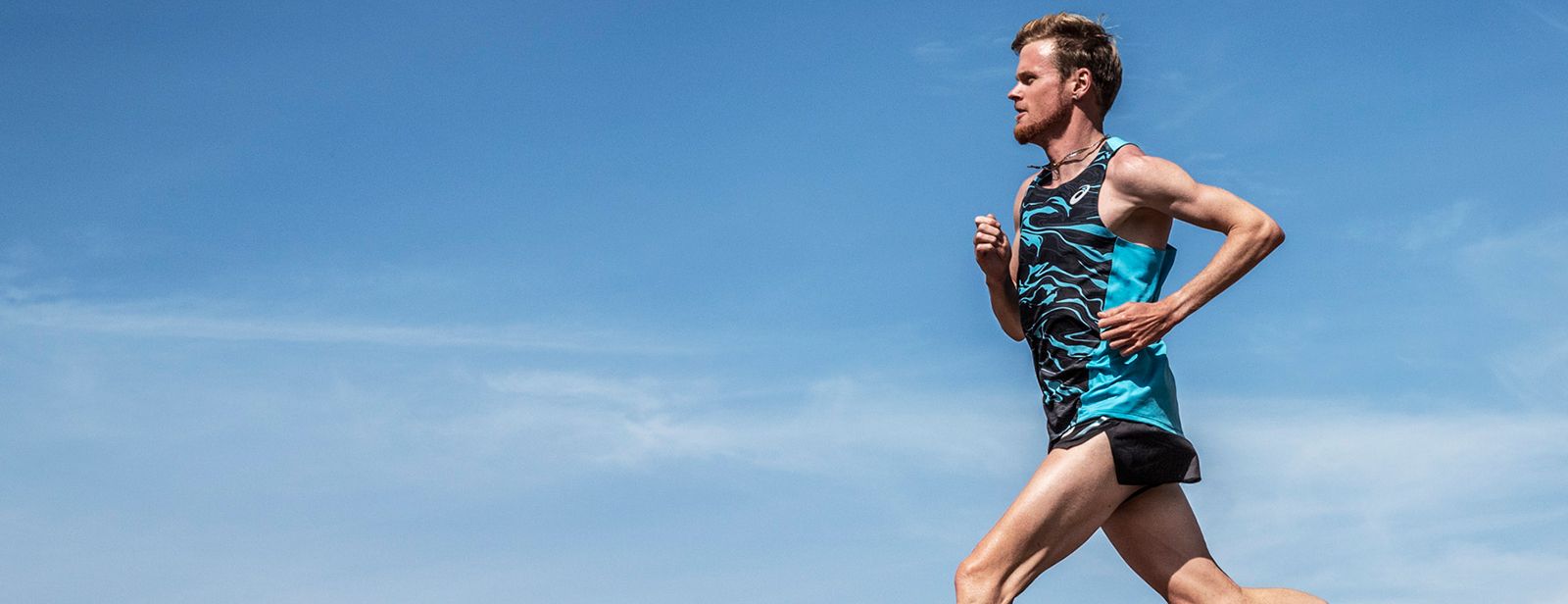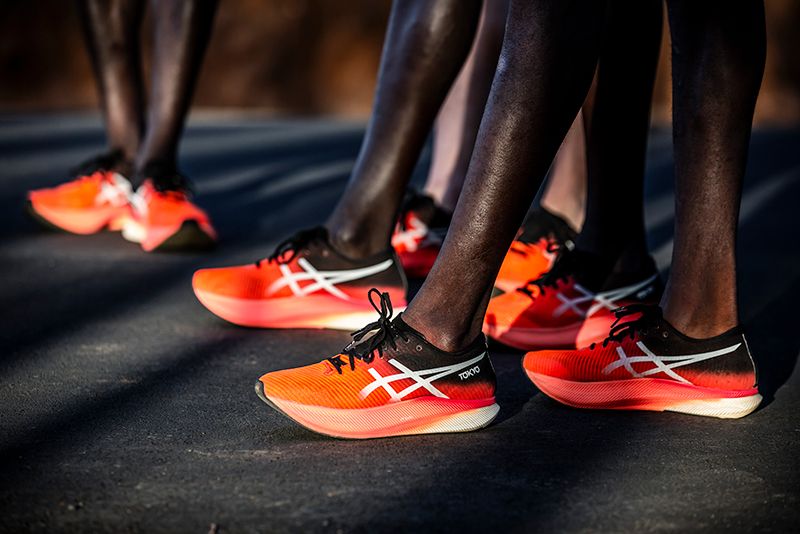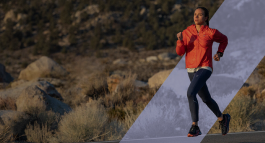
What are the Best Marathon Shoes?
September 10, 2021
Find out how to select the perfect ASICS running shoes for a marathon based on your needs and pronation type with our useful guide.
It’s very easy to get attached to your running shoes, but with a marathon on the horizon, it’s a good time to buy a new pair. When you’re choosing a new pair of shoes, your pronation type is the most important thing to think about, but you shouldn’t forget the fit of the shoe, your speed, weight, running style and preparation. If you need more information, read our guide to help you find the right shoe for your first or next marathon.
What is pronation?
Pronation is the term used to describe the way your foot rolls when you walk and run. It is part of the natural movement that helps the lower leg deal with shock. Some people pronate more (overpronation) or less (underpronation) than others.
Although over or underpronation is not a problem in itself, it does affect the way you run, and in combination with an unsuitable shoe, it may increase the likelihood of injury. This makes your pronation pattern an important factor in choosing the right marathon running shoes.
Read our guide to pronation to find out how to choose the right shoes for your pronation type.
How fast do you want to run?
Some marathon runners are just looking to complete the course while others are targeting a time. Depending on your goals, you’ll need a different shoe.
Elite runners who are looking to attack the course could go for the men’s or women’s METASPEED ™. However, only an experienced runner with an efficient style and targeting a time around the three-hour mark should run a whole marathon in a racing shoe. If you’re prioritising comfort over speed, then the GEL-NIMBUS ™ is a better choice for you.

How much do you weigh?
If you’re a heavier runner, you might need to go for extra cushioning. It’ll reduce the stress on your lower legs and make your landings more comfortable. Check out our iconic GEL-KAYANO ™ or the GEL-NIMBUS ™ series.
Training history also plays a big part here, though. Heavier runners who are used to running in lightweight shoes can continue to do so because their bodies have adapted to the style and are used to it.
If you’re a lighter runner, then you can afford to go with less cushioning and lighter shoes. The NOOSA ™ series could be just right if you’re used to running in a lightweight racing shoe.
Stick to the shoes you’re comfortable in
If you’ve done all of your training in cushioned shoes, then run the marathon in cushioned shoes, too. Don’t be tempted to switch to racers at the last moment because your feet won’t be prepared for the change.
If you do decide to run in lighter shoes, you should start to use them earlier on in your training and get at least one 15+mile run in. That’ll tell you whether your body can handle the extra pressure. Remember, you should never run in new shoes on the day of the race. To break in your new pair, alternate between your new and old shoes during training.
What’s the weather doing?
Your body generates a lot of heat over 26.2 miles and your feet are likely to swell. If the marathon is in the summer, you might want to invest in a pair of running shoes with breathable mesh in the upper. That will help to prevent your feet from becoming too sweaty, swollen and uncomfortable, which is likely to lead to blisters. The last thing you need in a marathon are blisters that make it difficult and painful to run.


